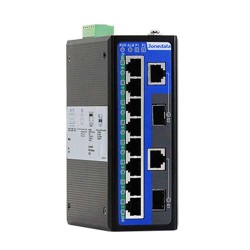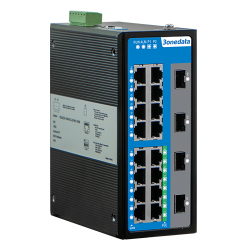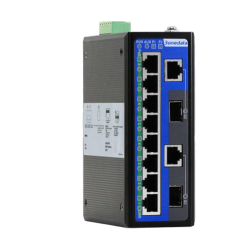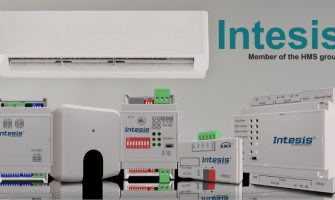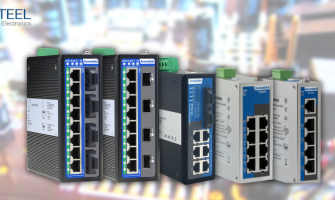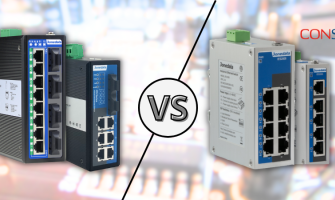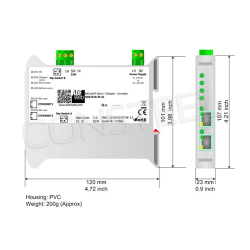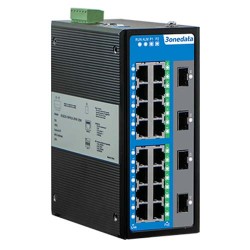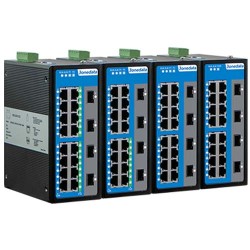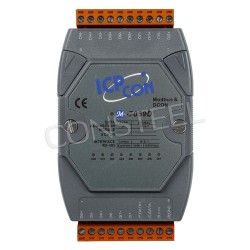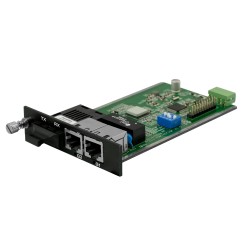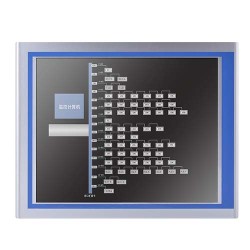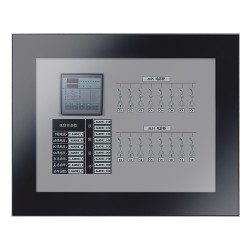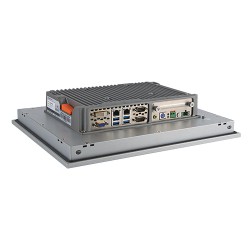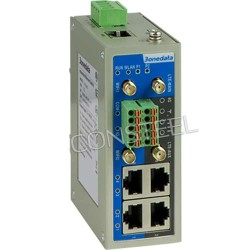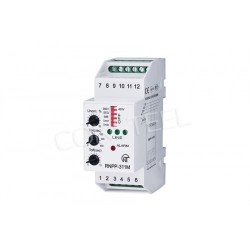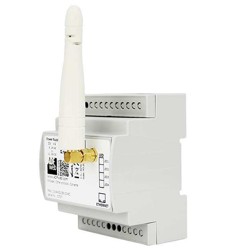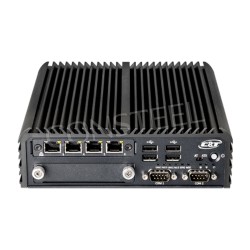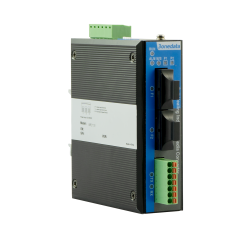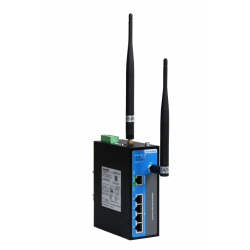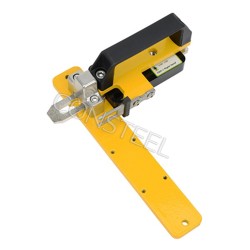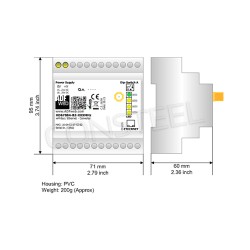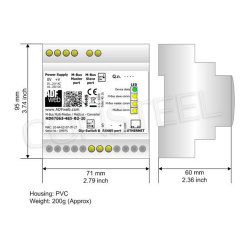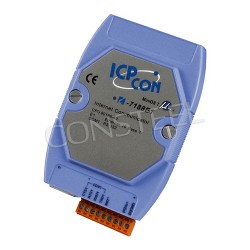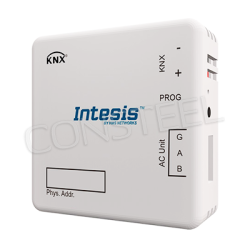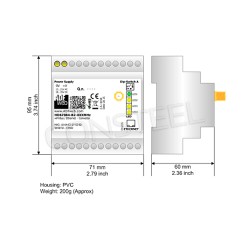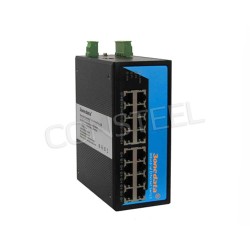Five steps to a simple PoE deployment
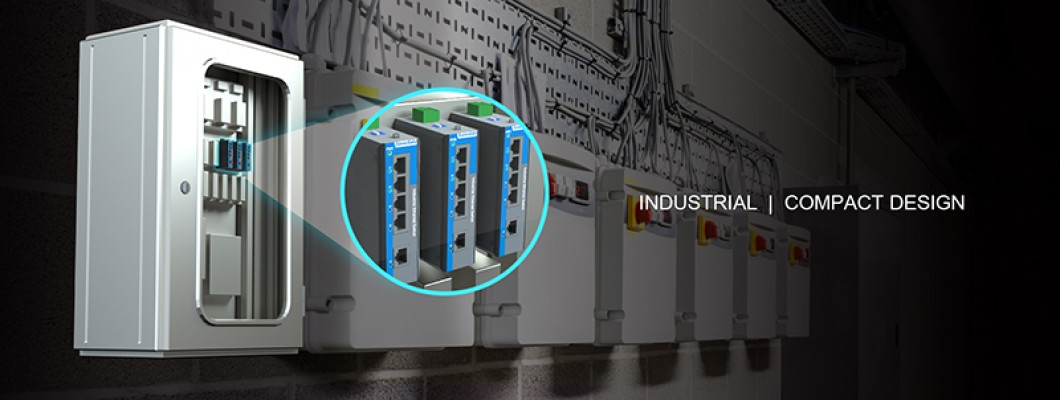
Power over Ethernet (PoE) is a technology that transmits electricity via twisted-pair Ethernet cable to powered devices (PDs), so that one RJ45 cable provides both the data connection and electricity to the PDs, instead of a separate cable for each. There are five different details to consider when implementing PoE:
1. Provide sufficient power to receiving devices
The PoE power module used in the indirect access method (also using 24 ports as an example) must not be less than 370W, and the output power of the 24-port PoE switch must be greater than 370W. By how much more power? This depends on the power consumed by the switch's data exchange. In general, the power consumed by the industrial switch alone can be measured with a non-PoE switch, and the minimum output power required by a PoE switch can be obtained by adding 15.4 watts of power, for each port.
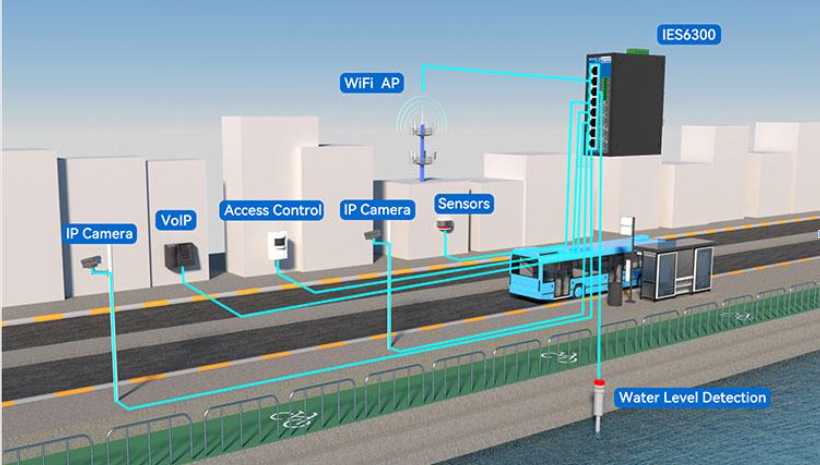
2. Use uninterruptible power equipment such as a UPS
Some devices receiving PoE-powered power are often those performing critical tasks, such as an Internet phone. When the power is cut off, the voice is completely cut off and telephone communication fails. Whether it's a traditional software-controlled centralized phone or an IP phone, it's very important not to get in the way. Therefore, when designing the network, we must distinguish such key devices that cannot stop power or data transmission, and use devices that provide uninterrupted power, such as UPS for backup power, so that power and data are not disrupted at all times.
3. Use switches that meet PoE power standards.
When implementing PoE, make sure that the power supply end and the power receiving end are compatible with each other. It is recommended that you carefully check the user manual and familiarize yourself with the technical parameters before using the equipment. You can also contact the manufacturer's technical support to make sure that the power supply equipment and the power receiving equipment you are using are compatible with each other.
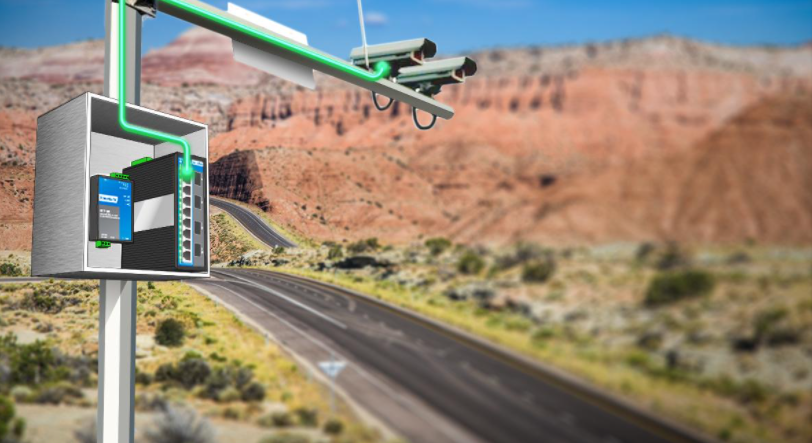
4. Do not ignore cable performance
Try to choose higher quality cables. The higher the cable grade, the lower the power loss, and thus the better the performance. Only four nodes are allowed between the switch/hub and the network card. If the indirect access method is adopted and the PoE power module is used to supply power, the module itself should be counted as a node. Therefore, the distance of 100m is from the switch/hub to the network card, not from the PoE power module to the receiving devices, because the length is determined not by power supply, but by data transmission.
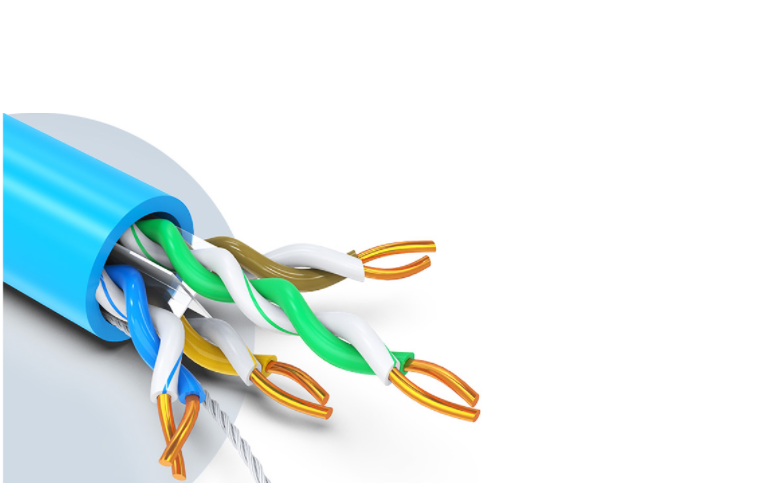
5. Use a more cost-effective PoE deployment method
The end-access method usually uses a PoE switch as the power device. This method is recommended for new networks because the topology is simple and reduces the risk of connection error. If you have recently purchased or upgraded a switch to implement PoE equipment and find that the switch you purchased does not have PoE, the indirect access method is recommended. In the indirect access method, a PoE power module is connected between the original switch and a receiving device that is also 802.3af compliant. The problem can be solved perfectly, slightly increasing the cost.
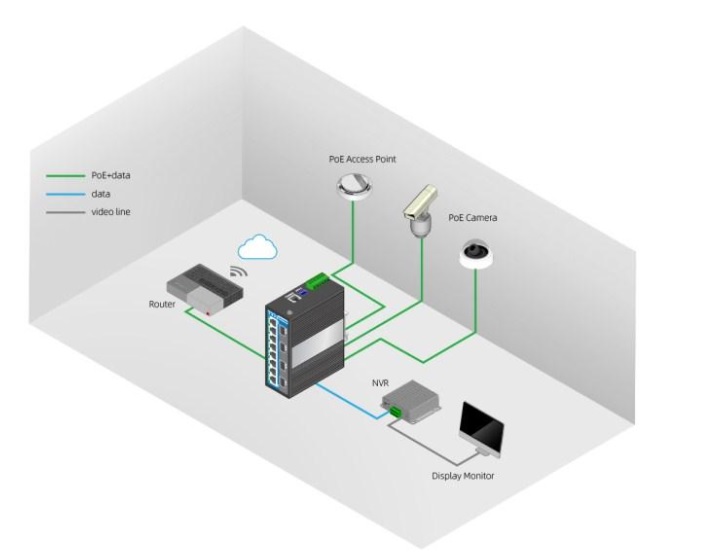
In recent years, PoE power technology has been developing more and more. With a number of advantages such as simplifying the installation and deployment of electrical equipment, energy savings and security, PoE power has become a new favorite for wireless coverage, security monitoring, smart networking and other modern solutions.













